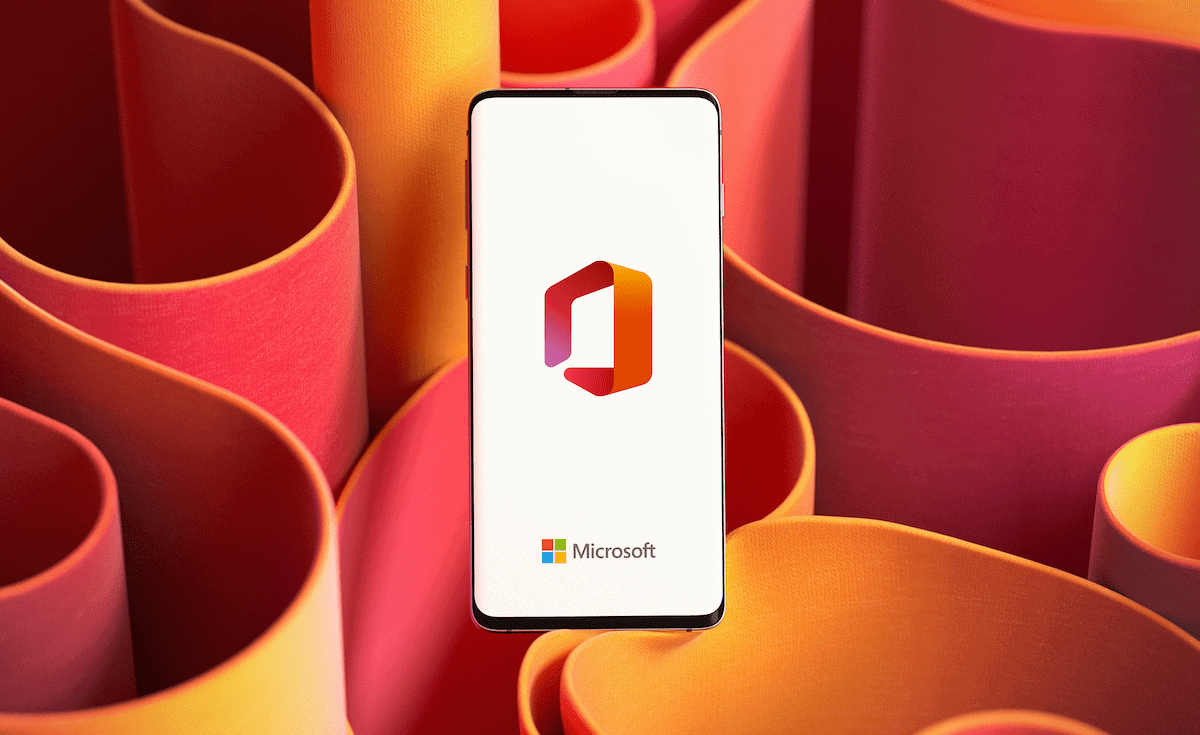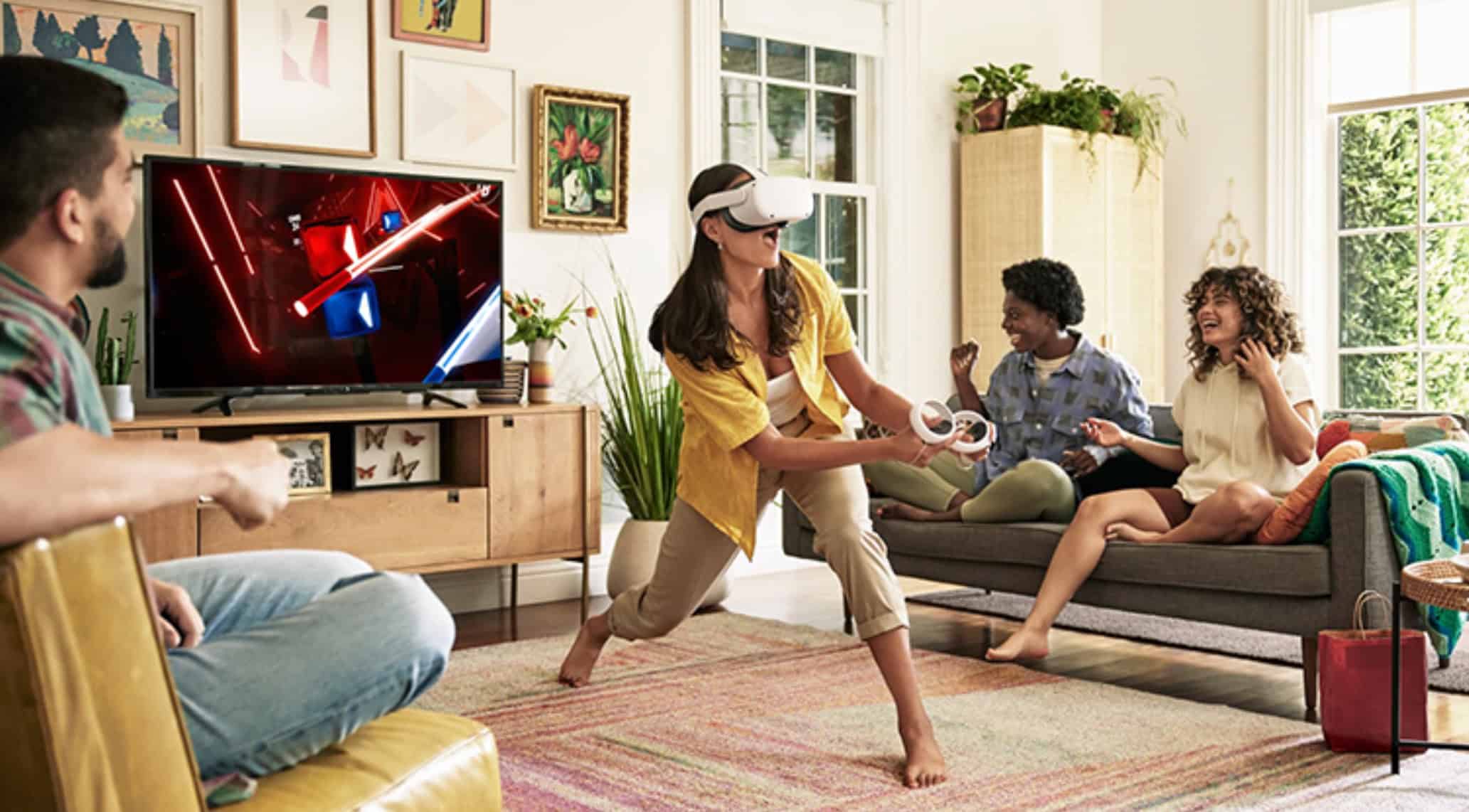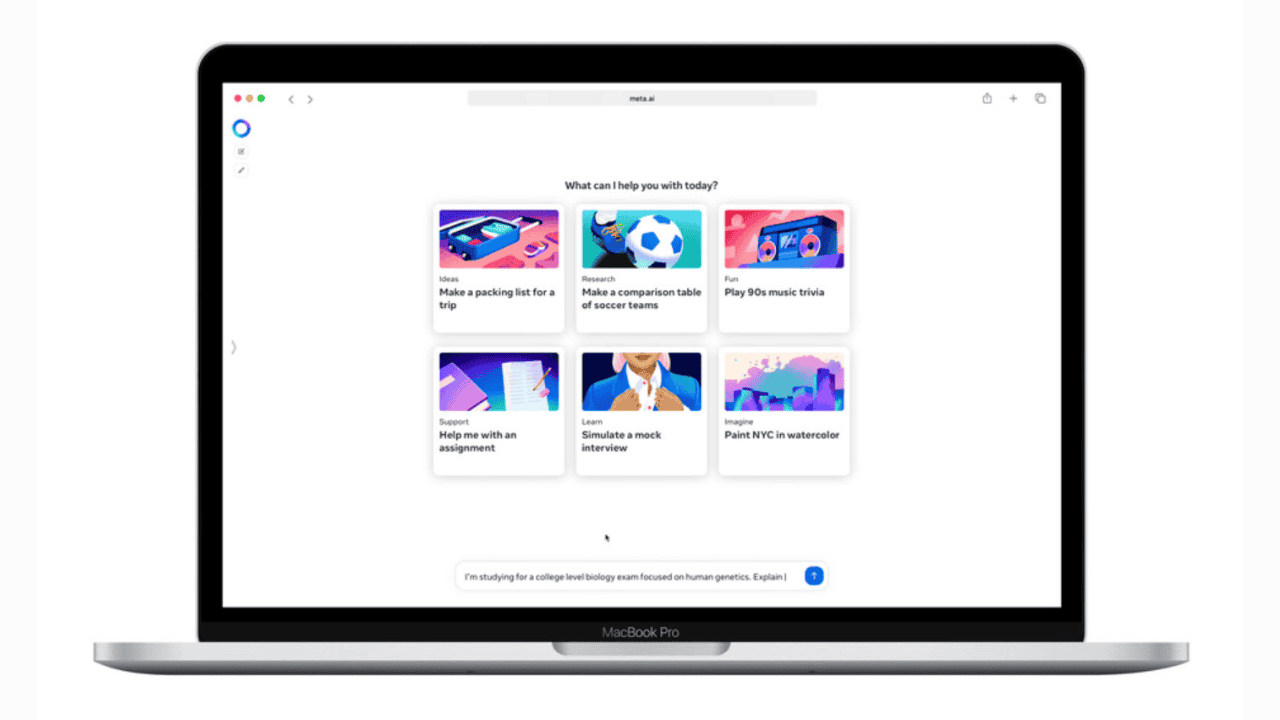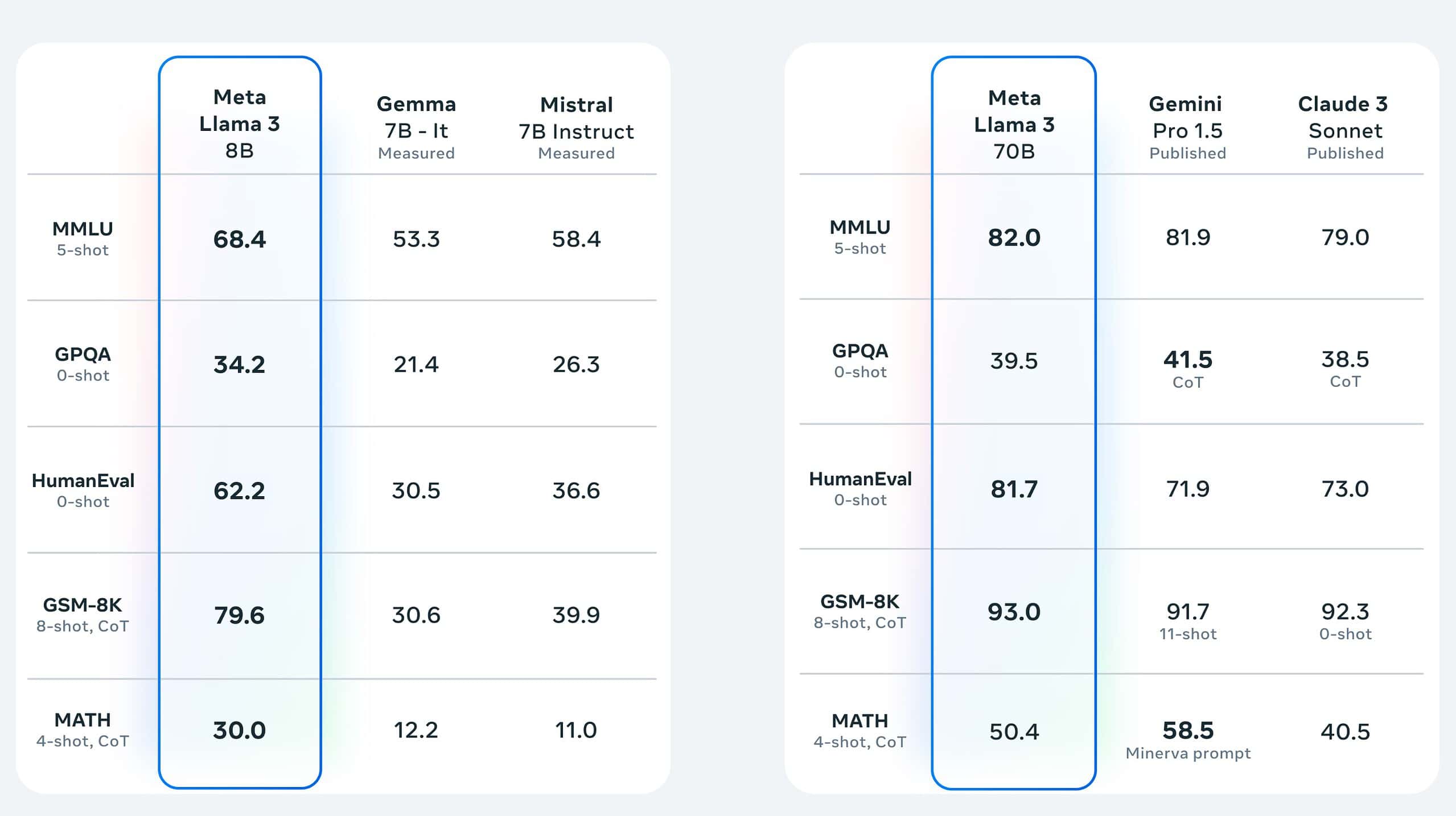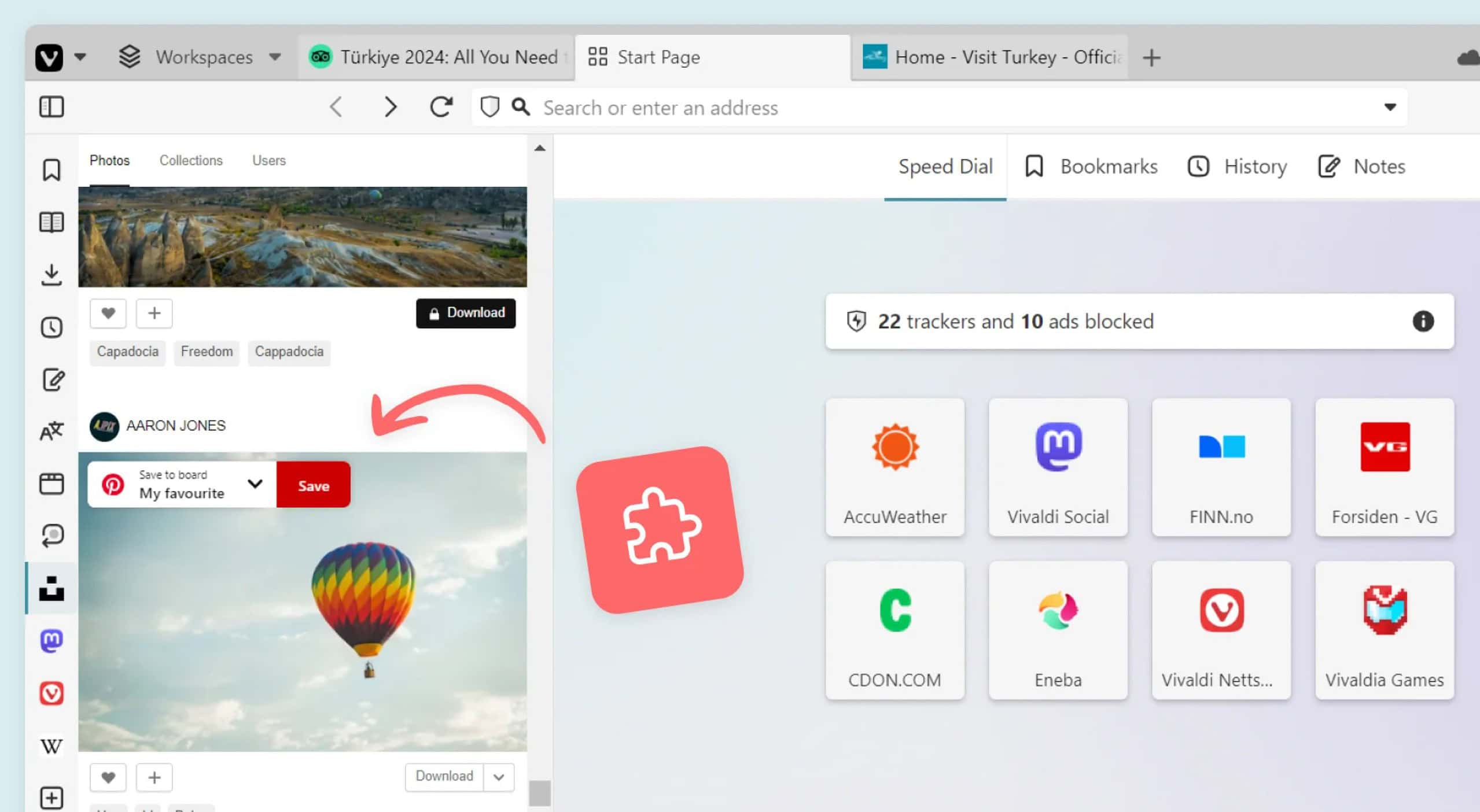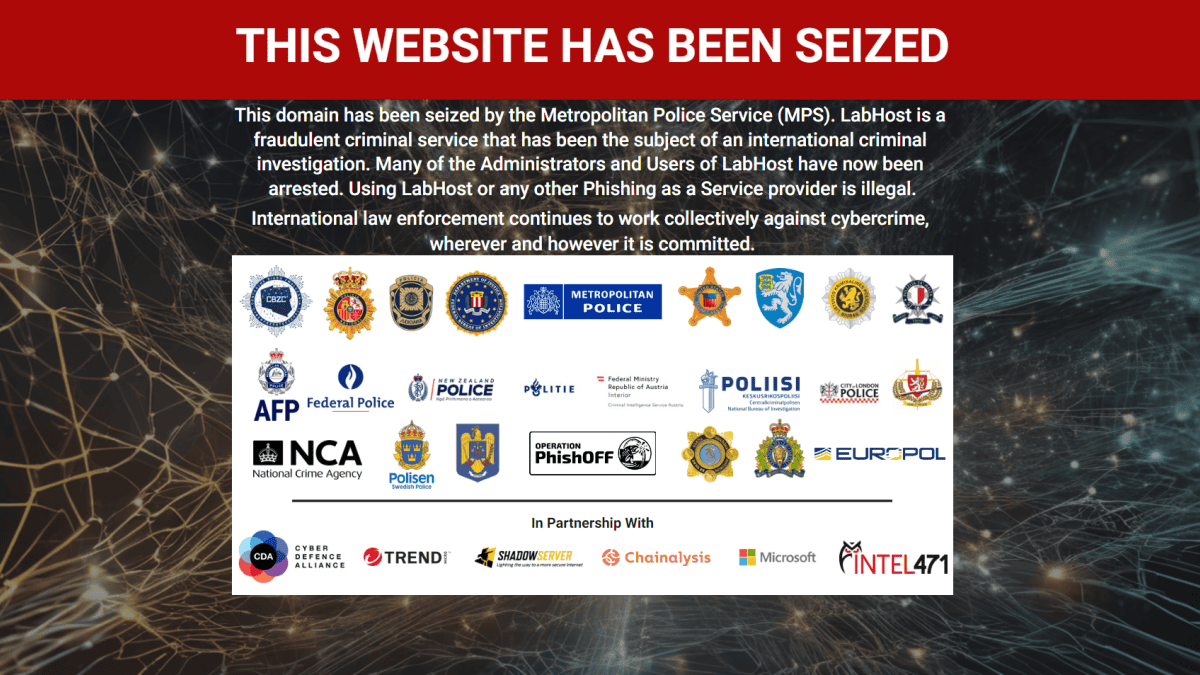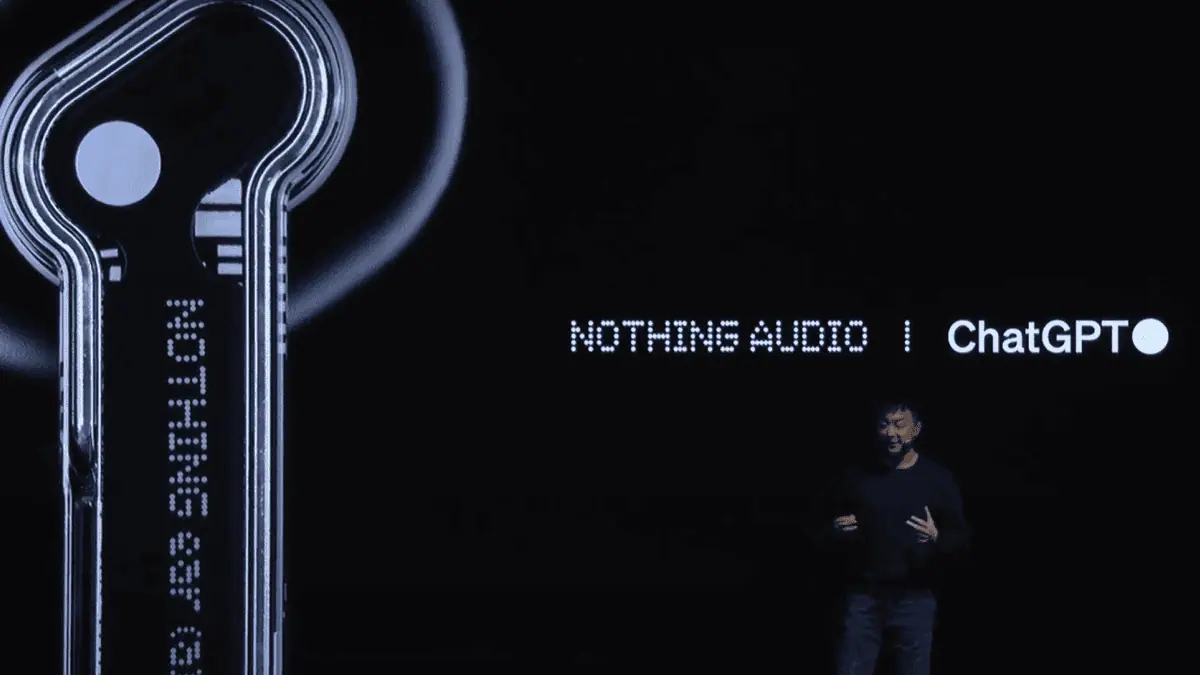Microsoft announces new developments of Kinect sensor
3 min. read
Published on
Read our disclosure page to find out how can you help MSPoweruser sustain the editorial team Read more
Microsoft has revealed plans for an updated version of the Kinect for Windows runtime and software development kit, which includes support for Windows 8 as well as virtual-machine environments that run Windows.
Arguably, the most impressive feature of the Kinect for Windows is the updated SDK, which enables colour camera settings and extended depth of the technology’s 3-D skeletal tracking capabilities to distances of greater than 4 metres, and objects as close as 40cm in front of the sensor, without any loss of accuracy or precision. The sensor’s infrared stream is exposed in the API, therefore developers would be able to use IR when calibrating other colour cameras to the depth sensor or capturing grey-scale images in dim-lighting. Moreover, the Kinect for Windows sensor now works when running in VM environments, available from: Microsoft, VMWare and Parallels.
"Running inside of a VM will mean potentially the ability to be used on a broader set of machines and allowing developers to access more of the sensor data [which] can only bring more creative uses," said Al Hilwa, director of application development software research at IDC.
Gadgets that move the Kinect itself can use the accelerometer to register every movement, as well as the low-light fans which can access the raw infrared sensor stream. The Redmond crew grants coders access to depth information beyond 13 feet, fine-tuning the camera settings and tracking skeletal data from multiple sensors inside of one app. Although, if you find regular hand control too limiting you can hit the source for the download link and check Microsoft’s blog for more detail.
Aside from entertainment purposes, according to Microsoft, the Kinect can be used alongside Windows sensors to monitor manufacturing processes by harnessing the platform’s ability to gather extended-range depth data. In addition, the Kinect for Windows can be used for building solutions that ‘work in low-light settings becomes a reality with infrared stream exposure, such as in theatre’s and light-controlled museums’, as written by Microsoft’s Kinect for Windows team in a blog post on Monday.
"This is a surprising extensive set of improvements that adds up to a significant new release that will expand the reach of this device considerably," said Hilwa, "Kinect is unique in the industry and is already forging a mini-ecosystem around it in terms of the types of applications using it. The applications go way beyond gaming."
Furthermore, Microsoft is providing software developers with the tools they need to integrate a range of voice capabilities and interactive touch-free gestures into their next-generation apps. This includes a choice of C++, C# or Visual Basic to create applications that support gesture and voice recognition on machines running: Windows 7, Windows Embedded Standard 7 and Windows 8.
"We want to make it easy for our customers to be able to build and deploy on a variety of Windows platforms," said Craig Eisler, the general manager of Kinect for Windows. "By the end of the year, Kinect for Windows will be available in 38 markets."
Microsoft envisions that one day the Kinect for Windows will transform: education, healthcare, transportation and retail by interacting with computers and Windows-embedded devices in the future.
"I believe that we will get to experience an exciting new era where computing becomes invisible and all of us will be able to interact intuitively and naturally with the computers around us," reported Eisler in a blog.
Via: Newsfactor.com and engadget.com


